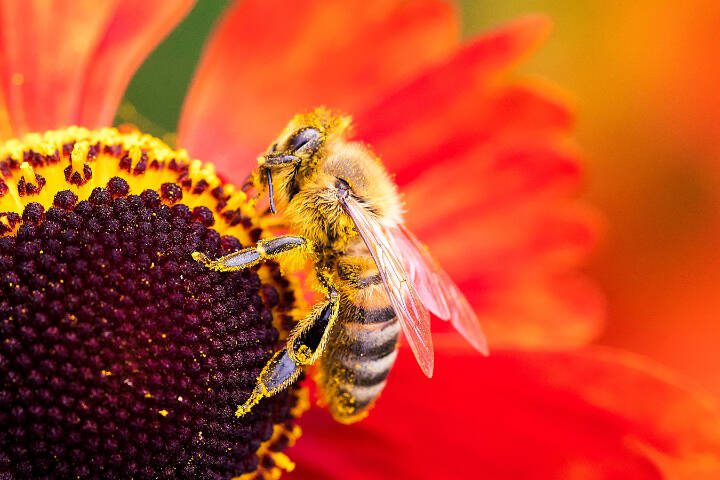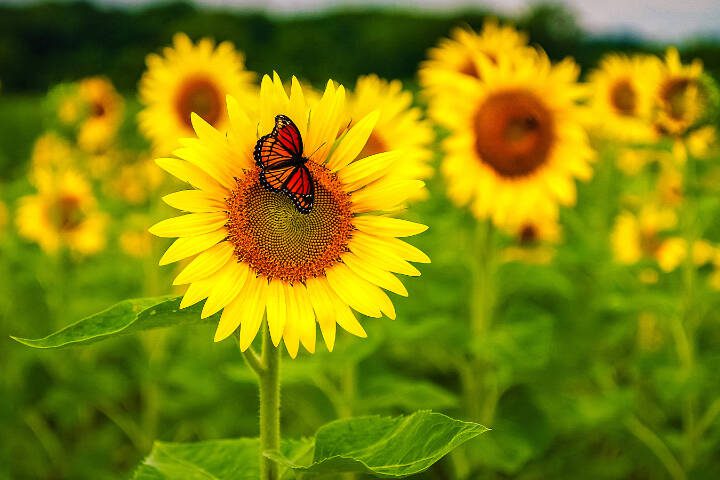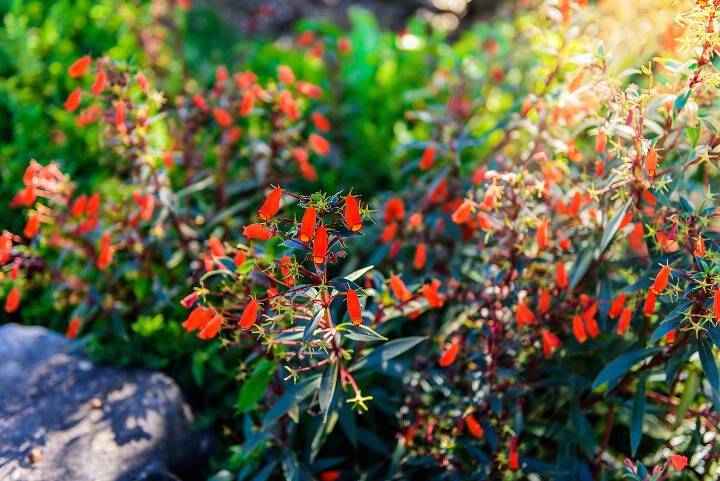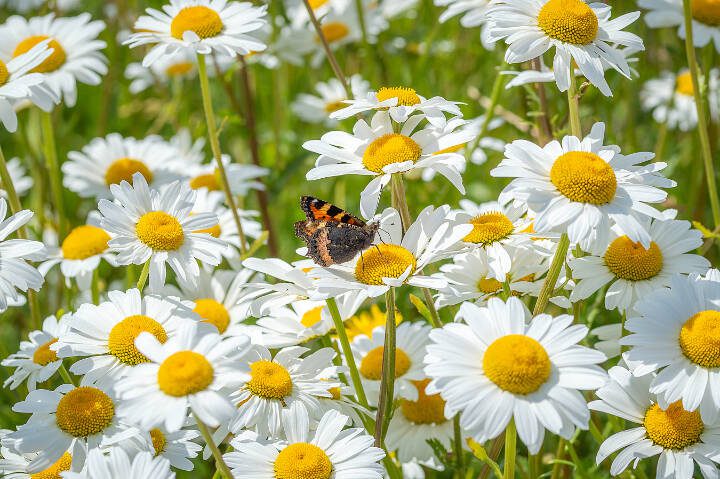By Trevor Cameron / The Golfing Gardener
As our journey in the garden progresses into summer, I will continue with even more perennials for pollinators, one last time. This is episode three after all, and everything seems to work best in the form of a trilogy, right?
In hindsight, perhaps I should have given these fancy names like “Episode 1 — The Garden Menace,” “Episode 2 — Attack of the Ladybugs,” and, this time, maybe “Episode 3 — Revenge of the Gardener.” I am sure George Lucas wouldn’t care.
Everyone craves summer color and almost all gardeners would prefer their plants to return year after year. That is the simple power of a perennials; When sited and planted properly, they are treasures that will mature into sturdy specimens that bring years and years of enjoyment. This could certainly turn into a list of the hundreds of cool perennials, both common and rare, but here are a few worthy candidates for growing in sunny garden locations with well-drained soil.
Helenium: These are known as Sneezeweed, but don’t let that scare you. As one who suffers from pollen allergies (nice choice of career, right?) and has this growing at home, these are not about sneezing at all, but rather about vibrant mid- to late-summer flower power. Flavors can be found in yellow, red and orange tones, with most having a blend of the thre in varying heights. Older varieties get a little bigger, say 3 to 4 feet, while many of the modern selections stay a little more compact in the 14- to 18-inch range. Their flowers resemble little daisies with lovely brown, button centers. Bees absolutely adore these, as I see a bazillion of them buzzing on my plants all summer long. The flowers will last for about three months, then dry and drop some seed for foragers in the fall.
Helianthus: Want true perennial sunflowers? These are larger perennials for sunny gardens. I chose Lemon Queen for my own garden years ago, and it is quite impressive to see this plant go from ground level up to 7 to 8 feet tall in one season. This one should be staked, or grown near a fence so it can be supported with some simple cup hooks and sisal twine. Little 2-inch, bright yellow sunflowers come in masses starting in July and bloom until fall. Give these lots of sun and air circulation, then sit back and watch the bees do their thing from mid summer into fall. There are some other good ones out there, such as Gold Lace and Suncatcher, as well.
Rudbeckia: Known more commonly as Black Eyed Susan, these classic prairie perennials are easy to grow, even in poor soils, and are drought tolerant once established. Bright, golden yellow daisy-like flowers with dark centers attract both bees and butterflies during the summer. These also naturalize a bit and will spread by roots, developing into nice swathes in the garden. Older varieties such as Goldstrum are just a little bit taller, growing to maybe 2 feet, while newer ones are shorter and start blooming a little earlier. Seek out Little Goldstar, a shorter one, or maybe American Gold Rush, a heavier-blooming and more disease-resistant variety introduced recently that was named Perennial Plant of the Year for 2023.
Zauschneria (a.k.a. Epilobium): These are fun hummingbird magnets that gardeners borrow from our friends down in California. As long as they are in full and well-drained soil, they are plenty hardy — it’s not a temperature thing with these; it’s a wet-winter thing, so no planting in clay. These spreaders will form a wonderful carpet of grayish foliage and short stems that weep a bit. Depending on the variety, they will be adorned with bright red, scarlet or orange trumpet flowers all summer into fall. Mine is planted right on a sunny slope next to a hot concrete driveway and it has loved this location for years. These are not super common, but worth searching for if you like hot colors and attracting hummingbirds.
Leucanthemum: These are known as shasta daisies — easy, very hardy and a durable, clumping classic perennial that offers cheery white or yellow flowers. These were hybridized in the late 19th century from a number of daisy species and named for Mount Shasta, due to the original white flower options. They are popular with the butterflies and bees, of course, and varieties can be found with either single or double flowers. I have never met a shasta daisy I did not care for, and the choices of good cultivars are seemingly endless. They can be found taller or shorter, and will continue to re-bloom most of the summer if deadheaded a bit. Some compact ones such as Shortstop, Snowcap and Madonna are shorter in height, while yellow-tinged ones such as Real Goldcup, Lemon Puff and Banana Cream are fun if white is not your thing.
Other plants that I enjoy in my own sunny gardens include Liatris (Gayfeather), Solidago (Goldenrod), Oenothera (Evening Primrose), Penstemon (Beardtongue) and Phlox (Garden Phlox). Be sure to investigate these perennials and explore all the wonderful cultivars out there for each.
Free class
Sunnyside Nursery in Marysville will host “Hydrangealicious” at 10 a.m. on Saturday, July 13. For more information or to sign up, go to www.sunnysidenursery.net/classes.
Trevor Cameron is a certified professional horticulturist (CPH) and serves as general manager for Sunnyside Nursery in Marysville. He can be reached at sunnysidenursery@msn.com.
Talk to us
> Give us your news tips.
> Send us a letter to the editor.
> More Herald contact information.





























